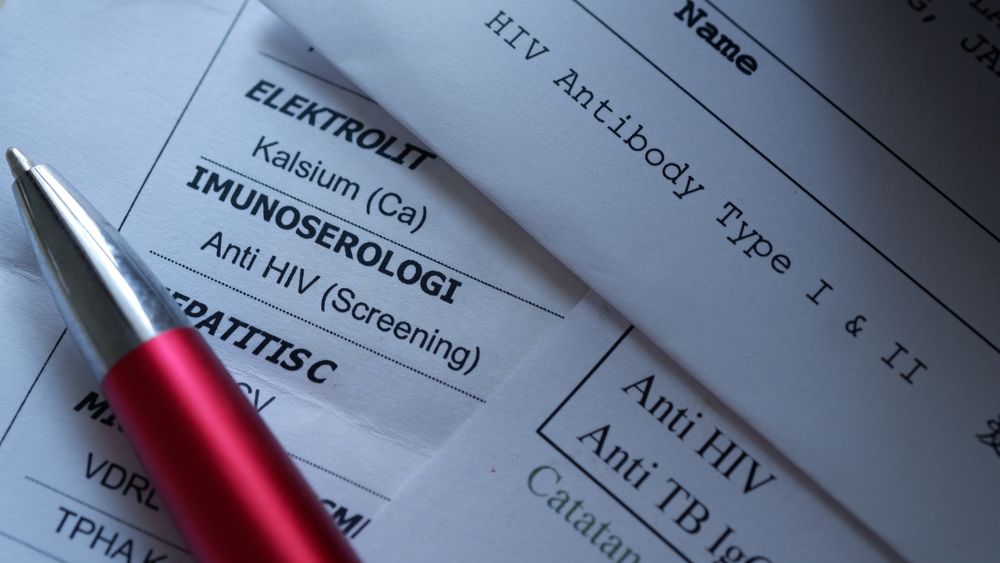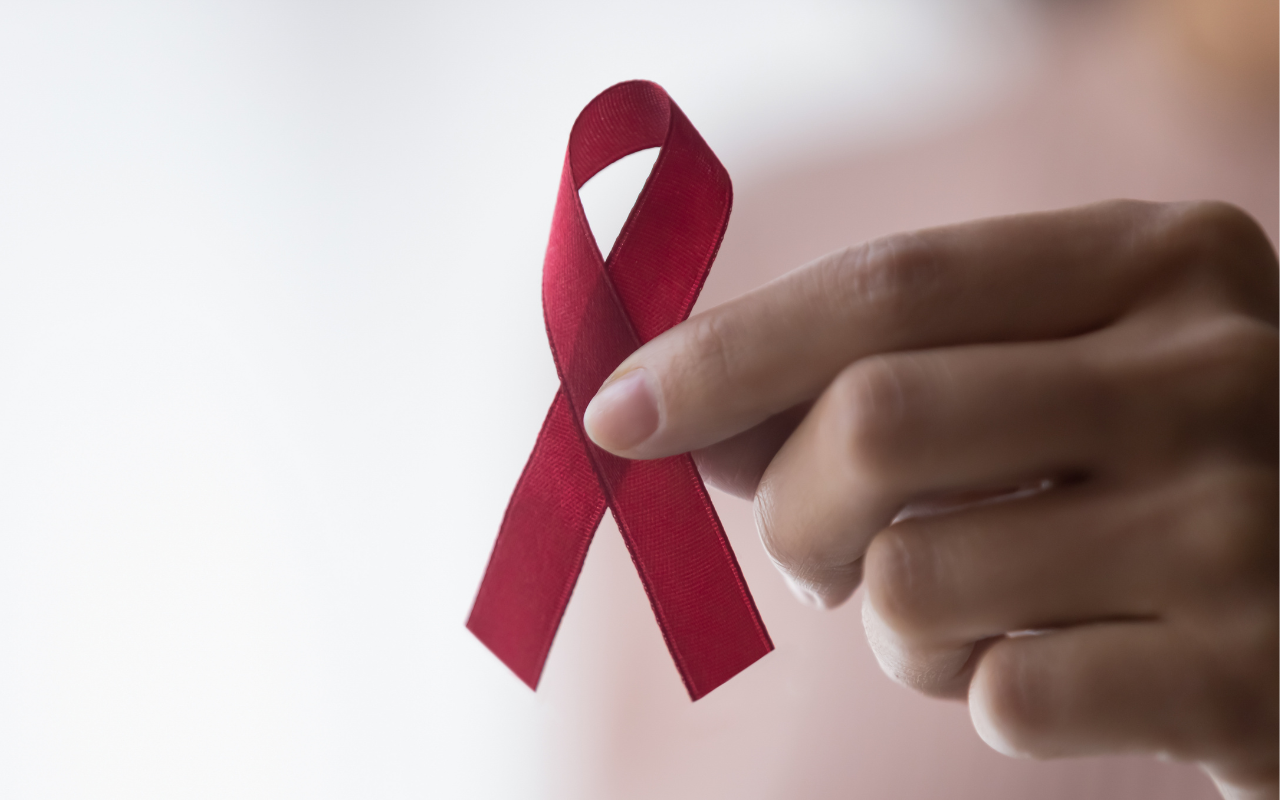A recent spike in HIV diagnoses is a stark reminder that complacency in prevention could undo decades of progress.
New data released by the Kirby Institute shows that 722 new HIV diagnoses were reported nationally in 2023, which was up from 553 in 2022.
Despite this rise, Surveillance Innovation Group Leader at the Kirby Institute, Dr Skye McGregor, said new cases are tracking downwards overall.
“While this represents a small increase in 2022, we know that between 2020 and 2022, this was significantly impacted by COVID where we saw reductions in HIV testing as a consequence of difficulties in accessing health care, reductions in sexual activity … and also restrictions in the movement of people in and out of and around Australia.
“If we look at the pre-COVID year 2019, there were 895 new notifications. So compared to 2023, it’s still a decline, which is a good news story in terms of decline over longer term,” she said.
Despite this, Dr McGregor said it’s a reminder to stay vigilant.
“[It’s about] ensuring that we maintain our resourcing, because as soon as we withdraw efforts, that’s where we risk an increase in cases,” she said.

Targeting community groups at risk
Despite the decreases, there are some groups in the community that have seen increases, including those acquiring HIV through heterosexual sex. There have also been increases among people born overseas.
“We know among all people born overseas and notified with HIV, there was an 8% increase. So, we’re working with our culturally and linguistically diverse communities to understand where we need to focus our efforts to ensure they’re benefiting equally from the reduction in HIV in Australia,” Dr McGregor said.
Timely testing is also a problem.
“In 2023, almost 37% of people diagnosed were diagnosed late. So that’s a CD4 count of 350 or less, which suggests they’ve been living with HIV for four years or more. That increases to 50% among people reporting heterosexual contact, so half of people are diagnosed late,” she said.
According to RACGP Sexual Health Medicine Chair Dr Sara Whitburn, there are many ways GPs can help facilitate early testing and diagnosis.
“I think GPs can help by considering testing when people present with conditions that might be linked with HIV. There is a very good ASHM resource that says, ‘Could it be HIV?’ So thinking about conditions that we might see in our other work where an HIV test can be useful,” she said.
It’s also about breaking down the stigma of sexual health checks.
“How can we say to people, sexual health checks are health checks?” she asked.
Dr McGregor agreed.
“I think stigma has a really big role to play here in terms of having conversations with people who are coming into the clinic, not stigmatising language around sexual behaviour, or if somebody has used drugs, it’s keeping that language really non-stigmatising … Just making it part of normal conversations,” she said.
Reduced diagnoses among men who have sex with men (MSM)
Most new HIV diagnoses were among gay and bisexual men; however, diagnoses in this group have reduced by 43% over the past 10 years.
“We know the reduction in MSM, particularly Australian born MSM, is around the success of a number of programs. Since 2016 and particularly since 2018, it’s the availability of pre-exposure prophylaxis (PrEP). Someone who’s HIV negative takes HIV treatment to prevent them acquiring it. Australia had a massive roll out of that, particularly among gay and bisexual men,” Dr McGregor explained.
HIV medication treatment and increased testing have also impacted the reduced diagnoses in this group.
Despite this, younger participants (<25 years), bisexual men, and participants living in suburban and regional areas are less likely to report PrEP use and more likely to report some risk of HIV transmission.
“It’s really important that it’s a community-led response to understand where there are gaps in prevention coverage, so who might need access to PrEP but either doesn’t know it exists or doesn’t know how to access it,” Dr McGregor said.
Dr Whitburn suggested PrEP could be raised if other sexually transmitted infections are tested for.
“As part of the follow-up and part of giving education, asking, ‘Would you like to hear about PrEP?’ she suggested.
“Other things that GPs can do is use waiting room resources … Maybe it’s a poster. There’s an organisation which helps people access PrEP called PAN and they have business cards, so maybe having that in a place where a patient can pick it up and hand it to you,” Dr Whitburn continued.
Continuing the downward trend
With self-testing becoming more common, it’s important for GPs to support patients who have had a positive test.
“I think the new frontier is, how do we, as GP clinics, work with people who are doing at-home or online testing?
“I think as we have more at-home and more point of care testing, it’s all about health communication and good follow-ups and good access for people to get treatment,” Dr Whitburn said.
As Dr McGregor highlighted, Australia has done excellent work in reducing HIV diagnoses, but the work continues.
“It’s always important to remind ourselves that Australia’s done particularly well in sustaining low rates among people who inject drugs, among sex workers, and that’s really because of a community-driven response.
“And we’ve seen in 2023 a similar number of cases among Aboriginal and Torres Strait Islander people, which again reflects enormous efforts in the Aboriginal community-controlled sector.
“When we talk about these successes, I think it’s important to position people living with HIV at the centre of this. When we talk about elimination of transmission, we’re not talking about eliminating HIV. There’s still around 30 000 people living with HIV in Australia…
“It’s about maintaining what we’ve done that we know works, but also enhancing that to ensure we see an equitable response that’s community driven,” she concluded.
Subscribe to the free InSight+ weekly newsletter here. It is available to all readers, not just registered medical practitioners.

 more_vert
more_vert